
AS THE SHADOWS...
Not willing to surrender do colors integrate to light;
not willing to surrender do lovers give themselves to night.
Shadows live and die in shadows,
Life lives and dies in life:
Love lives and dies in love as dusk turns in to day
Turns into night…
How can we forgive the passage of time, the passage of life as we grow older than our
yesterdays…
How can we forget the movements of past movements,
The steps of past steps: our youth.
How can life surrender so quickly like surrenders a lover to a kiss, a kiss to a sigh, a sigh
to a wake up call and a criystal morning breeze…
How do we succumb to the dryness of our skin,
To the shadows of the heart
To the rain drops that damped our soul
When was youth sweet
and sweat
and passion
and dreams
and wet dreams
and…
When was youth...?
Wet deserts, dry oceans, as mysterious as an eclipse in the middle of the day, the night.
The image in the mirror, is only the image of the mind
The image in the mirror of lovers eyes is the image of the heart,
The image of the soul is the mirror of the mirror of melancholy,
Our silent smiles,
Our final breath before giving up to sleep
To silence
To weep…
I touch the sand of times and smooth snow touches my face
I free fall in to the abbys but awake in Heaven
Extasis
Orgasms
Nights
Cheap pills and blue wine…
I awake as the sun sets in distant waters, in distant times
I awake to the shadows of processions
Processions of birth,
Funeral processions,
Love
Love processions
Processions just
As shadows become shadows
As shadows become one
As shadows become shadows
As the shadows…
By: Paul Seaquist
THE BODY THE SOUL
Euro Rotelli, insieme con alcuni colleghi della sua qualità, è un eroe. Eroe di quell’arte “impossibile” che è la fotografia della danza. Vengono subito in mente, per questo paradosso, le consuete definizioni come “fermare il vento”, “Tersicore presa al volo da un irriducibile obiettivo”, o semplicemente “Tersicore osservata”, in assonanza col mirabile titolo dello scrittore inglese Christopher Fry: “Venus observed”. D’altronde, penso che sia davvero appassionante per Rotelli, come per alcuni suoi illustri colleghi, inseguire eroicamente – a volte lungo l’arco di un intera carriera – l’idea di conservare per sempre l’attività più bella tra quelle effimere per natura: la danza. Fortunati i danzatori dello scorso secolo e, naturalmente, del secolo in corso: perché le tecnologie fotografiche permettono loro di avvicinarsi a quel sogno “impossibile per natura”. Perché, con la fotografia, è stato possibile “fissare”, per sempre, l’arte aerea e dinamica per eccellenza: nel salto, nel volo, nello slancio verso un immaginario traguardo lontano, in qualche modo “altro” o “altrove”.
Quello che lascia di stucco il lettore, e lo induce ad avventurarsi nell’utopica impresa apparentemente “impossibile” di ogni grande fotografo della danza, è la deliberata passione per il rischio di questa emozionante e fiduciosa avventura: cioè l’inseguire la contraddizione assoluta, forse la più amabile e più amata. E di dimostrare che la passione, la devozione, la fiducia e l’immensa potenza che la danza ha sullo spettatore, riescono a spazzare via le sbarre della prigione apparente: la prigione di un immagine fotografica necessariamente fissa, sempre, in ogni istante di uno spettacolo di danza sia solistica, sia di gruppo. All’occhio del profano – e “profano”, in questo contesto, è lo spettatore non abituato alla danza – il fotografo è specialmente eroico e geniale quando “fissa” i momenti estremi, i più acrobatici o emotivamente coinvolgenti, di una danza solistica o corale. Tuttavia, la storia della fotografia di danza è, invece, ricca di autentici capolavori. Ci sono, infatti, tante foto, presenti nelle innumerevoli “storie della danza e del balletto”, in cui un buon numero di straordinari fotografi sono riusciti a cogliere il soffio, o il respiro, di un grande danzatore (o danzatrice), anche nel solo “dettaglio”, in primo piano, del suo volto, proteso verso l’infinito.
Vittoria Ottolenghi
THE BODY THE SOUL
Euro Rotelli, together with some of his peers, is a hero. Hero of that 'impossible' art that is the Dance Photography. Paradoxically, the usual definitions like 'stop the wind', 'Terpsichore Caught Flying by an Indomitable Lens', or simply 'Terpsichore Observed' spring to mind, in sync with the admirable title by the English writer Christopher Fry - 'Venus Observed'.
I think that it is truly exciting for Rotelli, as it is for some of his illustrious colleagues, to heroically follow - sometimes throughout an entire career - the idea to conserve for ever the most beautiful of all transient activities: the dance. Lucky are the dancers of the past and, naturally, the present century that the photographic technologies allowed them to dream the 'impossible by nature'.
Because with photography it was possible 'to fix' forever the aerial and dynamic of all art: dance. And its jumps, flights, leaps towards an imaginary target, in some ways 'other' or 'elsewhere'.
What leaves readers astonished and induces them to take chances with this utopian and apparently 'impossible' adventure for all great dance photographers, is the deliberate passion to take the risk for this emotional and trustworthy adventure: that is to follow the absolute contradiction, where perhaps the most likeable is the best loved. And to demonstrate that the passion, devotion, trust and the immense power that the dance holds over the spectator, manage to break away the barriers of that apparent prison: the prison of a necessarily fixed photographic image, always and in every instance of a dance whether solo or a group dance.
To the eye of a layman – the layman in this context is any spectator not used to dance - the photographer is specially heroic when he 'freezes' extreme moments, the most acrobatic and emotionally involving, of a dance. Nevertheless, the story of dance photography is full of authentic masterpieces. There are, in fact, many photographs, present in innumerable 'dance or ballet stories', showing that a good number of extraordinary photographers managed to capture a breath or an inhalation of a great dancer, in a mere 'detail', in the foreground, of his face, stretched towards the infinite.
Vittoria Ottolenghi
Backstage
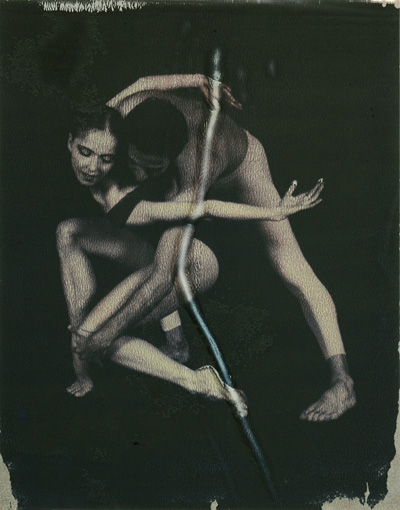
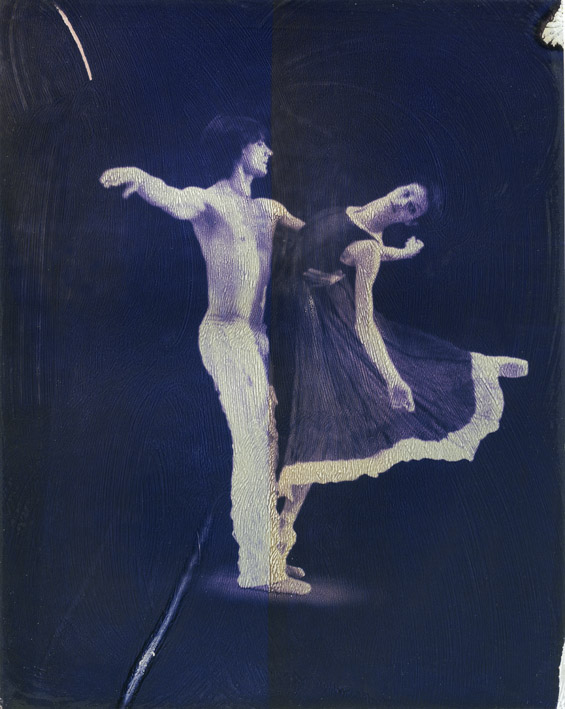
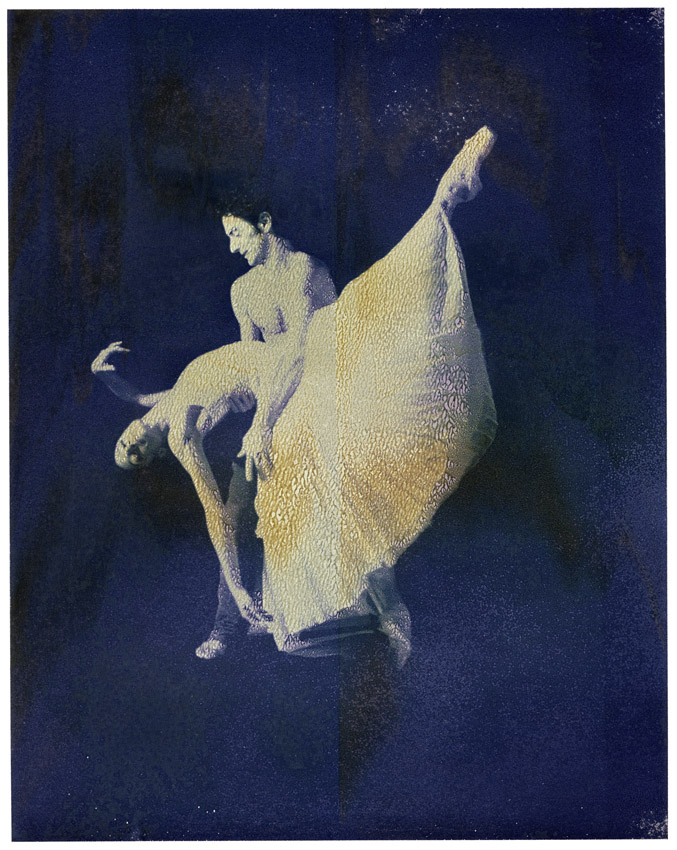
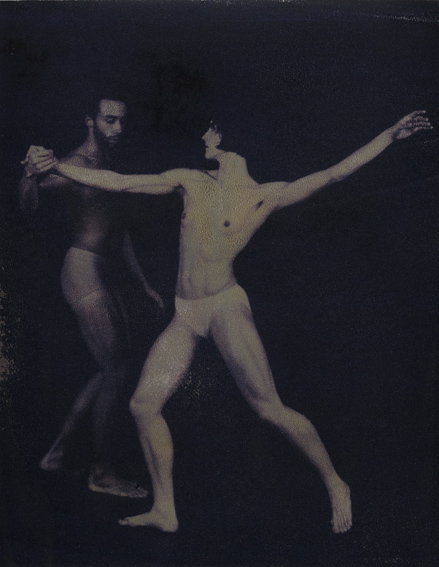
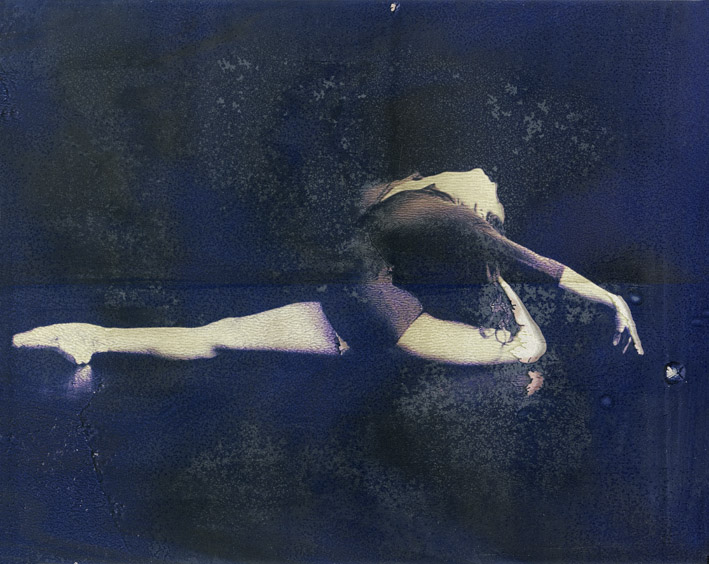
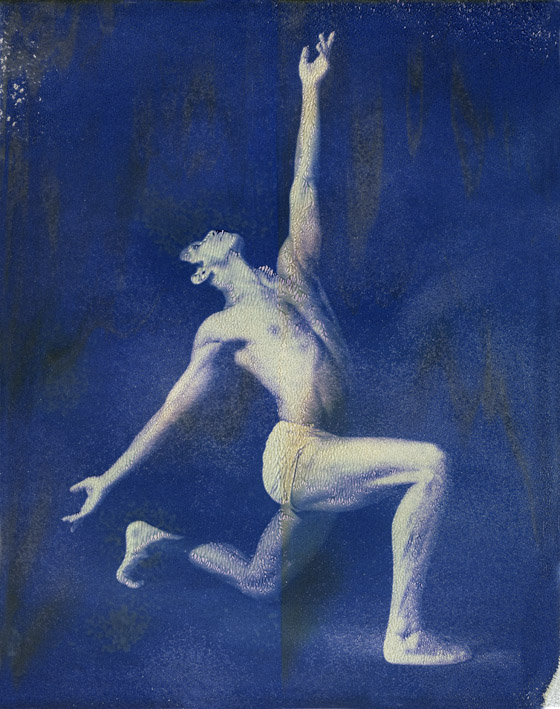
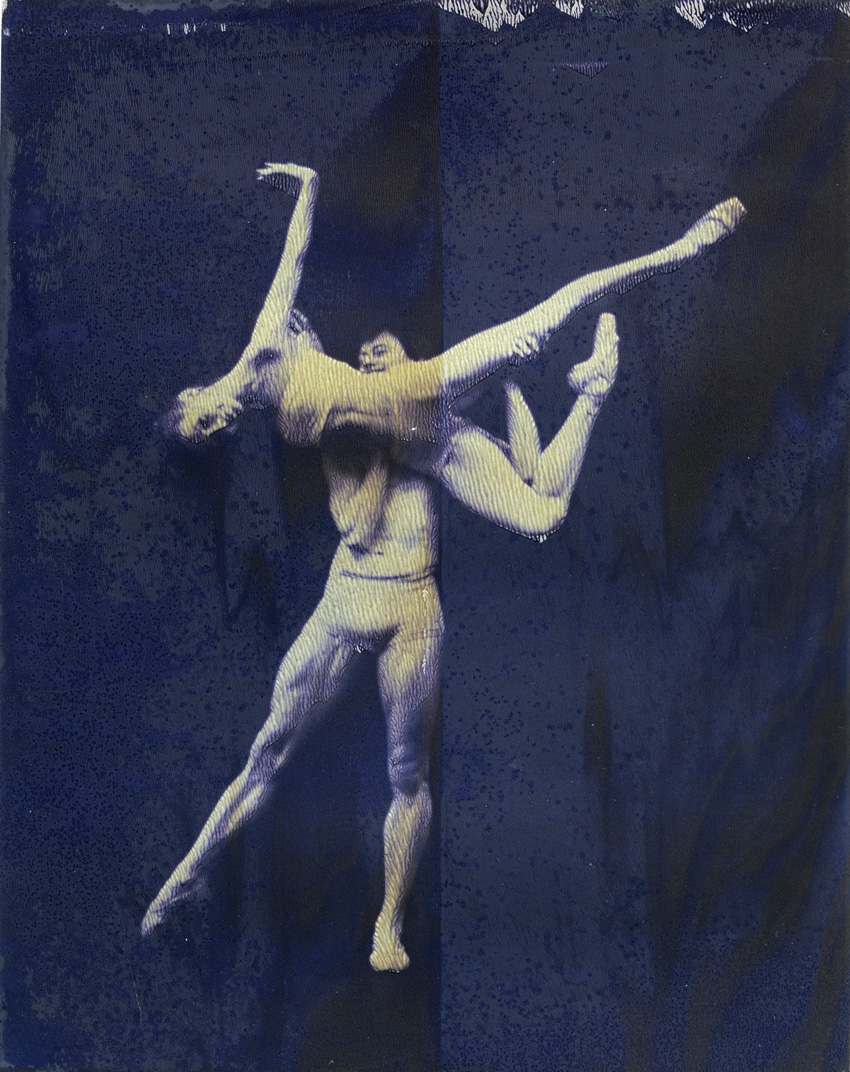
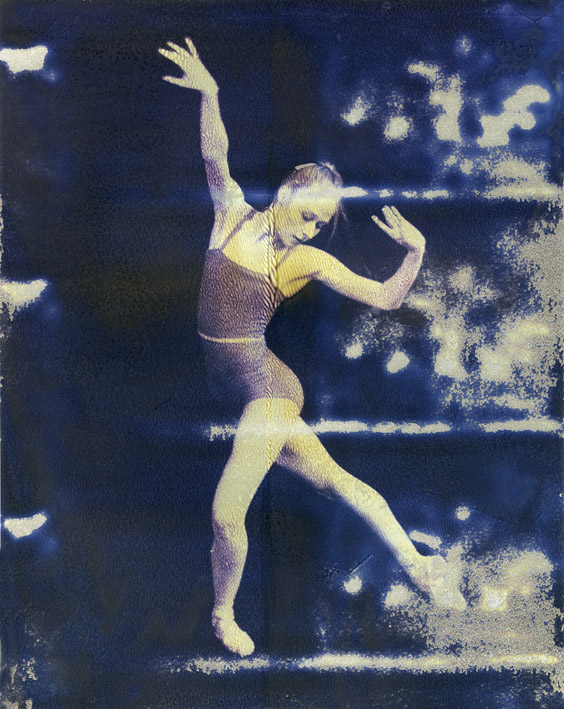
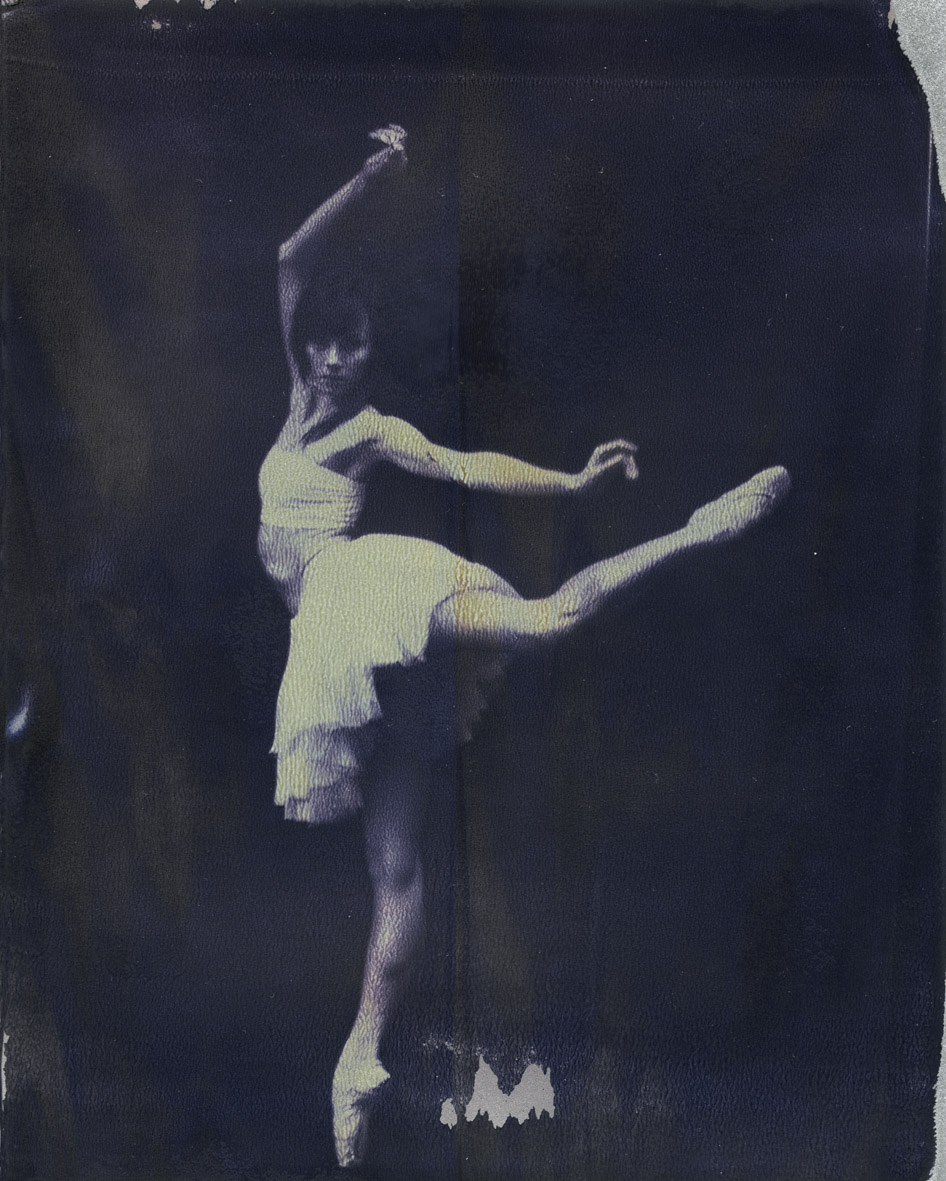
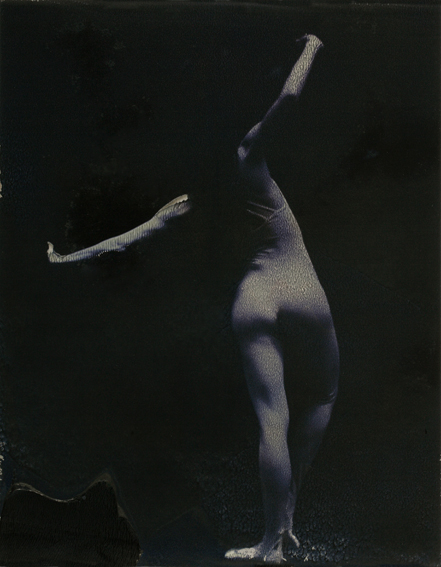
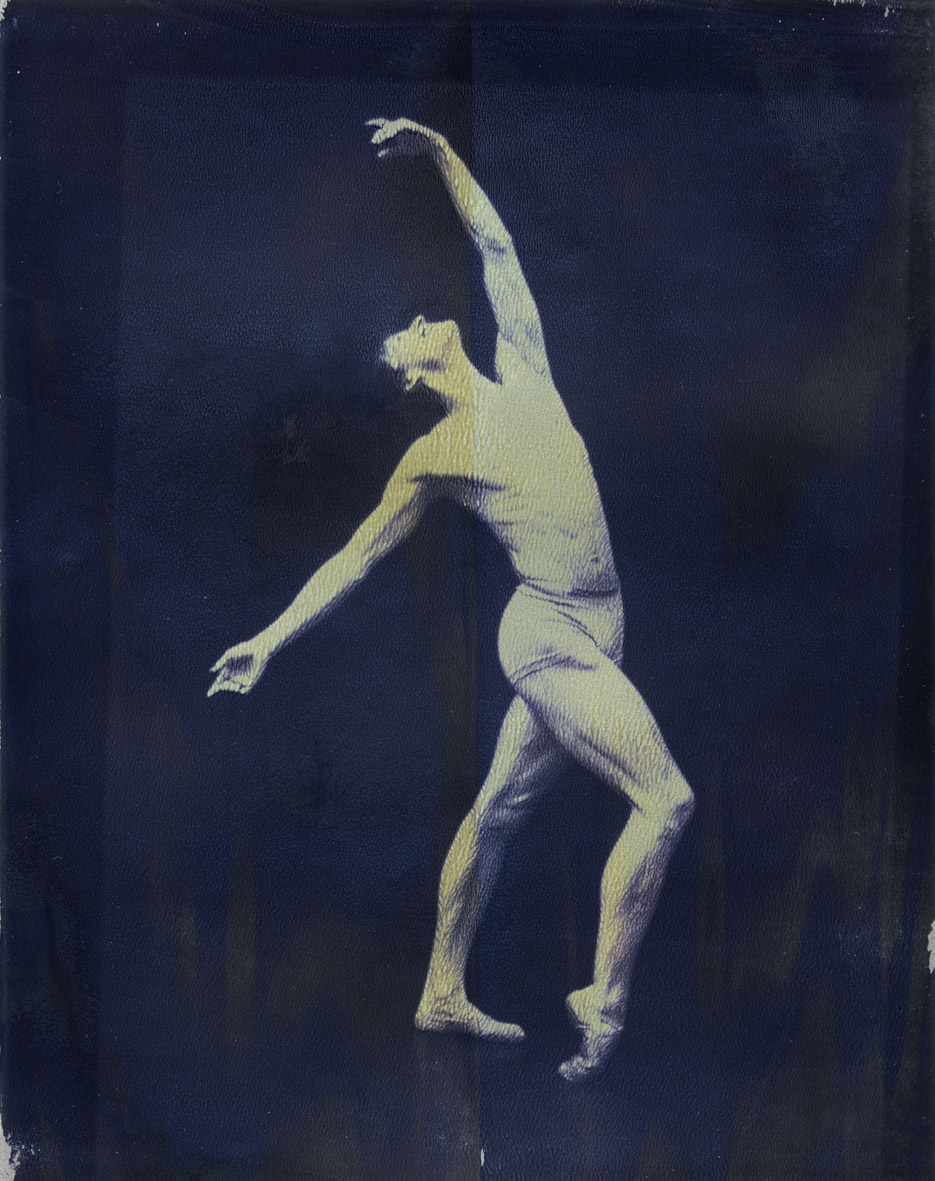
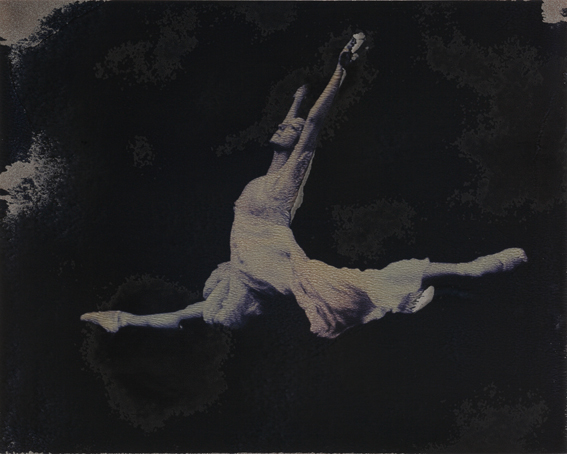
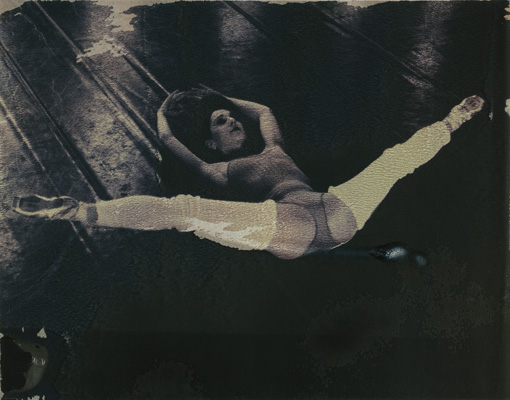
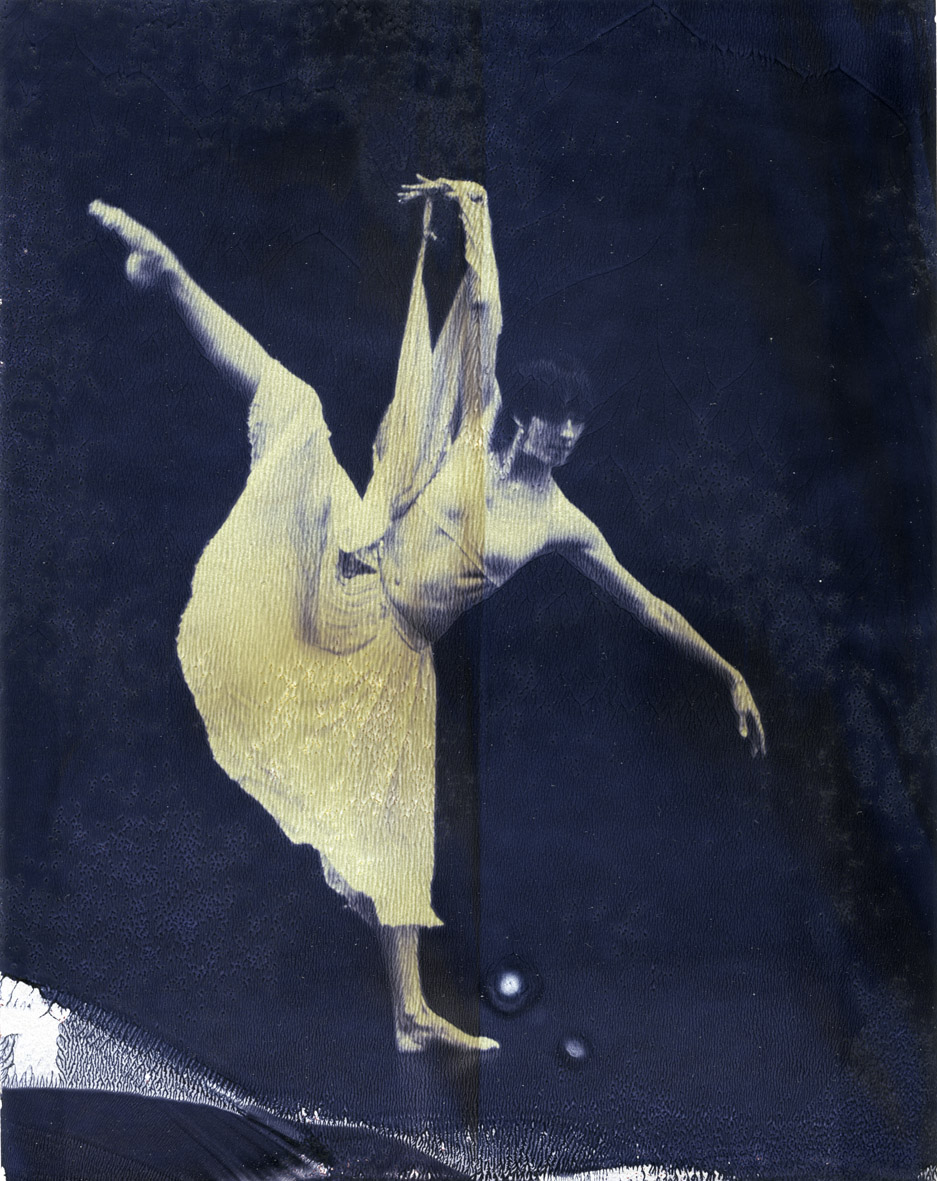
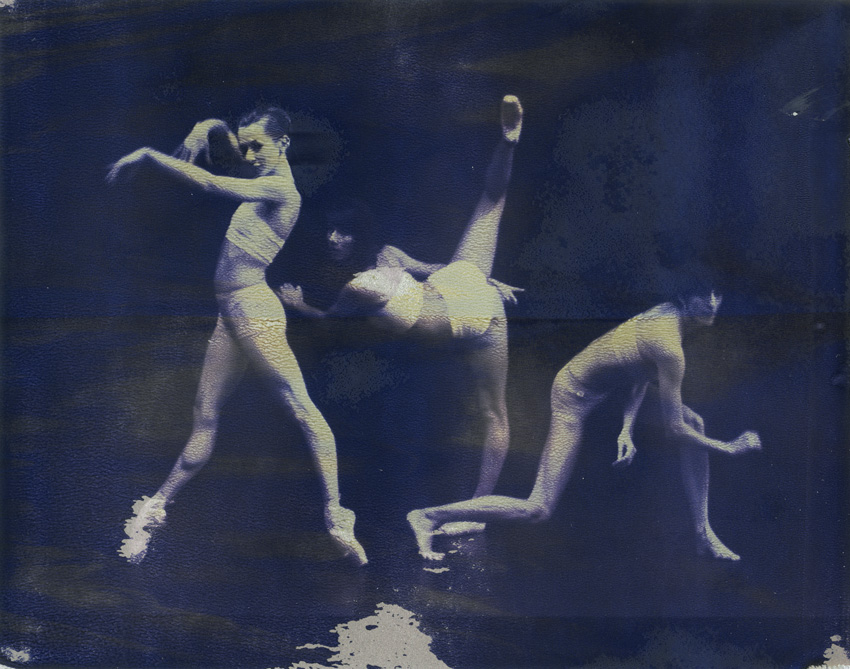
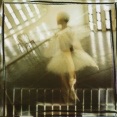
THE BODY THE SOUL
“La danza è una forma originaria dell'essere umano... e al tempo stesso una forma originaria dell'essere in generale... è la verità e al tempo stesso la giustificazione dell'essere stesso del mondo, la più inconfutabile ed eterna di tutte le teodicee. Non insegna nulla, non discute nulla - incede maestosamente, e con questo incedere maestoso porta alla luce il fondamento di ogni cosa: non volontà e potenza, non angoscia e pena, non tutto ciò che vuole imporsi all'esistenza, ma ciò che è eternamente signore di sé e divino. La danza è la verità di ciò che è, ma, nel modo più immediato, la verità di ciò che vive". (W. F. Otto)
Nella mia ricerca fotografica, ho da sempre indagato e interpretato la figura umana, che per me costituisce quasi un’ossessione, una perenne curiosità di conoscere e riproporre secondo la mia personale visione, questo soggetto ancora così misterioso e arcano, nonostante la facilità e disinvoltura estrema con cui il corpo viene oggi invece presentato e proposto.
In questo mio percorso, mi sono così inevitabilmente accostato al mondo della danza, suprema celebrazione del corpo umano.
Solo allora ho trovato quello cercavo: l’anello di congiunzione tra il corpo e l’anima, l’estrema sublimazione della fisicità umana.
La danza è stata da sempre un’esigenza istintiva dell’uomo per trasmettere i suoi desideri, rappresentare la sua identità culturale, esprimere se stesso e, alla fine, avvicinarsi al divino. Di pari passo l’arte ha interpretato questa esigenza primordiale fino ai tempi contemporanei, partendo dagli antichi graffiti, pitture rupestri, statuette votive, passando per le arti figurative (come non ricordare gli Impressionisti…) e la scultura, fino ad arrivare alla fotografia e alla rappresentazione in video.
La danza stessa è forma d’arte e precisamente “arte del corpo in movimento”, l’unica arte che si svolge nel tempo e nello spazio. E come ogni espressione artistica, essa è il compendio di lavoro, sacrificio e dolore che si rivelano in quelle sublimi movenze. E’ il corpo a muoversi, ma da esso si sprigiona l’anima: ed è questo il sommo atto artistico.
La danza è quindi una forma d’arte a cui si deve solo assistere per poterne godere ed apprezzare il significato, proprio per la sua intrinseca peculiarità del movimento.
La fotografia sembrerebbe quindi l’antitesi della danza, la meno adatta a coglierne il significato, in quanto “blocca” in un fotogramma un solo gesto, una sola espressione di tutto un contesto gestuale.
E questo è vero se consideriamo la fotografia un mero mezzo documentativo. Ma la fotografia non è solo questo. Essa stessa è diventata e riconosciuta universalmente una forma artistica, nella quale lo strumento fotografico è solo un mezzo espressivo dell’artista, non il protagonista tecnico com’era un tempo considerato.
Queste figure leggiadre mi hanno totalmente affascinato e coinvolto nel loro incantevole mondo, tanto da sentire in modo imperioso l’esigenza di trasmettere a mia volta queste emozioni, rivelare l’aura e l’anima di queste creature.
Loro hanno danzato per me, regalandomi la loro bellezza e il loro incanto, ma anche la fatica e il sudore che sono sempre la base per arrivare alla perfezione, alla sublimazione ultima. Ho scoperto dei corpi eterei d’acciaio, frutto di tenace volontà, dedizione e soprattutto amore e passione per questa forma artistica chiamata erroneamente “professione”. Ho provato a catturare il loro magico flusso, il segreto di un pensiero, l’impercettibile gesto che sottende l’intera armonia. Ho fermato i loro passi, ma per moltiplicarli all’infinito. Ho ricamato la leggerezza dei loro volteggi e accarezzato i loro corpi eterei. Ho costruito per loro le quinte di una dimensione onirica dove farli danzare.
Ho interpretato i loro drammi e raccontato le loro storie. Ho cercato di trasmettere il fruscio delle loro vesti e la musica che li accompagna. Ho visto via via la dolcezza, la tristezza, la sofferenza e la soavità nei loro sguardi. Ho contrapposto l’eleganza e la leggiadria di un momento con l’impeto e la veemenza di un intenso ardore. Ho disegnato la perfetta simmetria di un gesto e la grazia di una silhouette accennata.
E soprattutto li ringrazio per avermi donato, attraverso il loro corpo, la loro anima.
Euro Rotelli
THE BODY THE SOUL
Dance is an original native form of the human being... and at the same time it is the native form of the person itself... it is the truth and is at the same time the justification at the human being in the world, the most irrefutable and eternal of all the theories. It teaches nothing, it discusses nothing - stately walks, and with this stately walk brings out the foundation of everything: not will or strenght, not anguish and sorrow, not everything that wants to impose the existence, but only what is lord of itself is divine. Dance is the truth of what it is, but, in the most immediate way, the truth of the “living”. (W.F.Otto).
In my photographic reserach, I have always investigated and interpreted the human body, which is almost an obsession for me, an overlasting curiosity to acknowledge and to re-propose according to my personal view, this subject which is still so mysterious, even though nowadays the body is presented and proposed with great facility and ease.
On the way, I have thus inevitably drawn near to the world of dance, a supreme celebration of the human body.
Only then I found what I was looking for: the link between the body and the soul, the extreme sublimation of the human figure.
Dance has always been a human necessity for transmitting its desires, representing its cultural identity, expressing itself and, in the end, approaching the divine. At the same time, art has interpreted this primordial need up to nowadays strating from the ancient graffiti, rock paintings, votive statues, going through to the figurative arts (how can we forget the Impressionists...) and sculpture, and finally we reach photography and videos.
Dance itself is a form of art and precisely “art of body movement”, the only art that takes place in time and space. Like in every artistic expression, it is the summary of work, sacrifice and pain which are revealed in those sublime movements. It is the body which moves and this is the supreme artistic act.
So, dance is a form of art that one must only watch and assist its performance in order to enjoy and appreciate its significance just for its intrinsic peculiarity of the movements.
Therefore photography seems to be the anthitesis of dance, the less suitable art to pick up its significamce, since it “blocks” in one picture only one gesture.
This is true if we consider photography to be pure means of documentary.
But photography is not only this. It has become and it is recognized all over the universe as an artistic performance, in which the photographic instrument is only a way of expression belonging to the artist, not the technical character considered in the past.
It was while I was using my last Polaroid films, which are no longer produced, what I was able to carry out this wish.
These lovely figures have completely fascinated and involved me in their enchanted world, that I felt this impelling need to transmit myself at the same time these emotions, reveal the aura and the soul of these creatures.
They have danced for me, giving me their beauty and charm, but also the hard work and sweat that are the basic ways of reaching perfection and at last sublimation.
I discovered some ethereal steel bodies, fruits of tenacious will, dedication and above all love and passion for this form of art erroneously called “profession”. I tried to capture their magic flow, a secret thought, the imperceptible gesture that sustains the whole armony. I stopped their steps, to multiply them to infinity. I embroidered the lightness of their vaultings and caressed their ethereal bodies. I built a stage for them, of oneiric dimensions, where they could dance. I interpreted their dreams and told their stories. I tried to transmit the rustle of their fantstic dresses and the music that accompanied them. I noticed more and more the sweetness, the sadness, the suffering and the gentleness in their glances. I contrasted the elegance and the loveliness of a moment with the vehemence of an intensive passion. I drawed the perfect simmetry of a gesture and the grace of a light silhouette.
Above all I thank them for having given me, through their body, their soul.
Euro Rotelli

- 1 -
- 2 -
- 3 -
- 4 -
Polaroid


